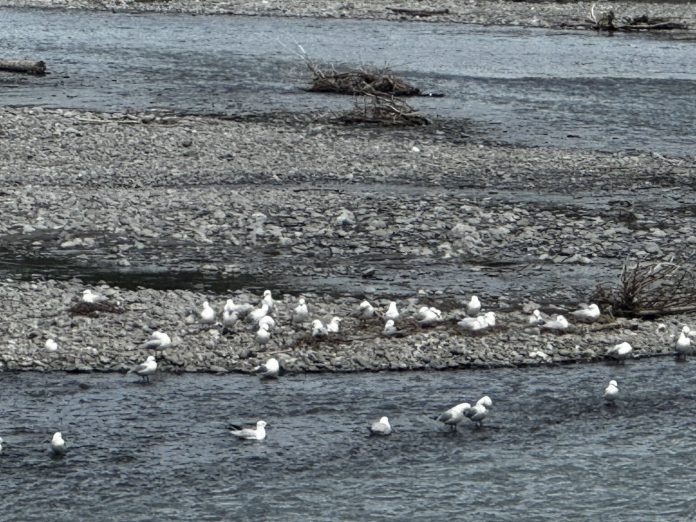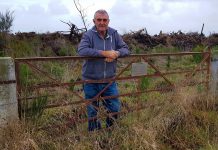A breeding colony of about 40 tarapuka/black-billed gulls settled in the Ashburton River, at the State Highway 1 bridge, last weekend.
It is much less than last year’s colony of about 4000 at the site, but good news nonetheless for nature lovers looking out to see when the threatened species might return.
Last week, Environment Canterbury appealed to anyone noticing any colonies of the birds to let them know, as they seemed to be missing this year from the district.
But it’s a precarious location for the small colony, as they are close to the water which can easily rise and wash their nests out.
Ashburton Forest & Bird committee member Don Geddes said while the SH1 site had been a successful nesting site for the birds in years gone by, now much of the shingle island area there was flat and near the water.
It was the nature of braided rivers to change.
‘‘It’s very low-lying, so it’s not going to take a very big fresh to take all those nests out,’’ Geddes said.
Other threatened braided river birds nesting along the river include wrybill, black fronted terns, banded dotterels and black fronted dotterels.
Mid Cantabrians are being asked to avoid driving on riverbeds during the nesting season through to the end of February, and keep dogs on a leash.
Disturbing protected birds and destroying nests is an offence under the Wildlife Act 1953 and can result in imprisonment and/or a fine of up to $100,000.




